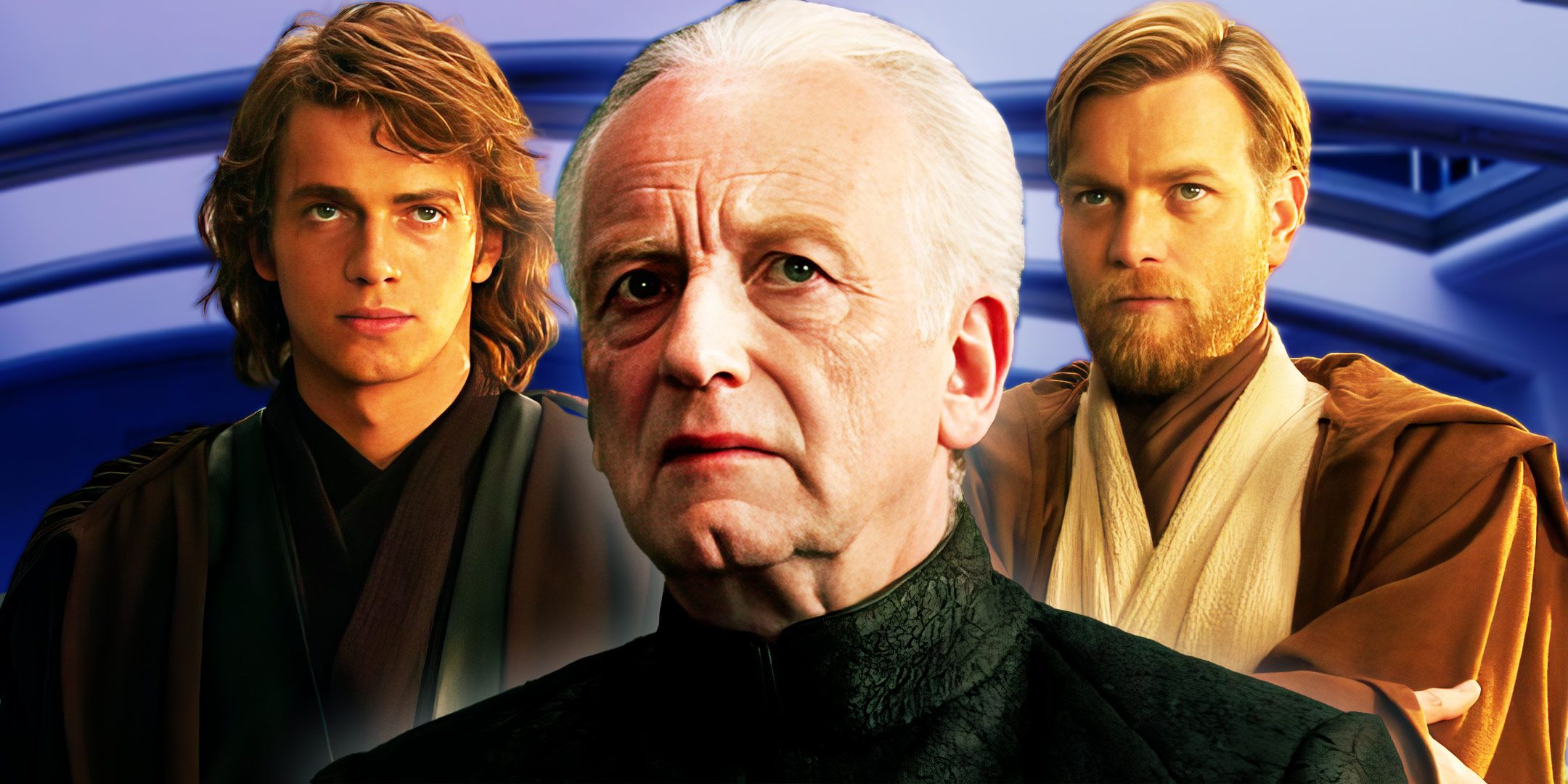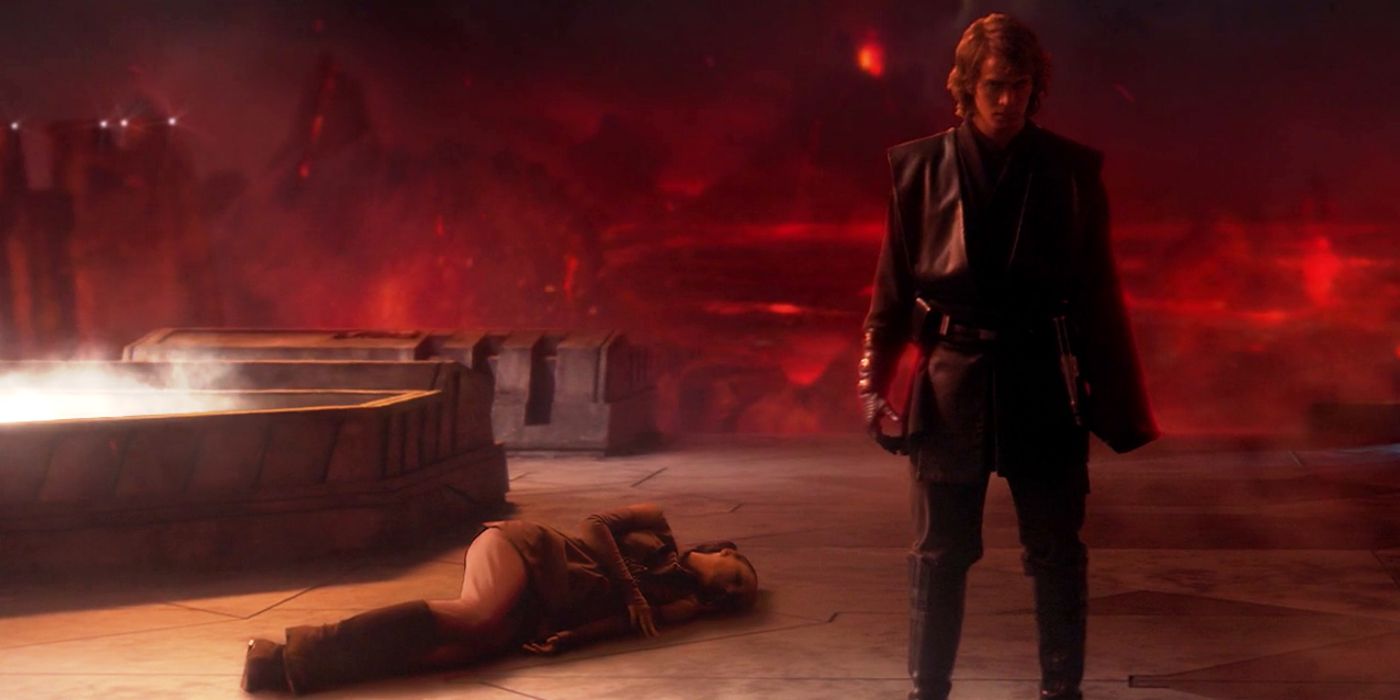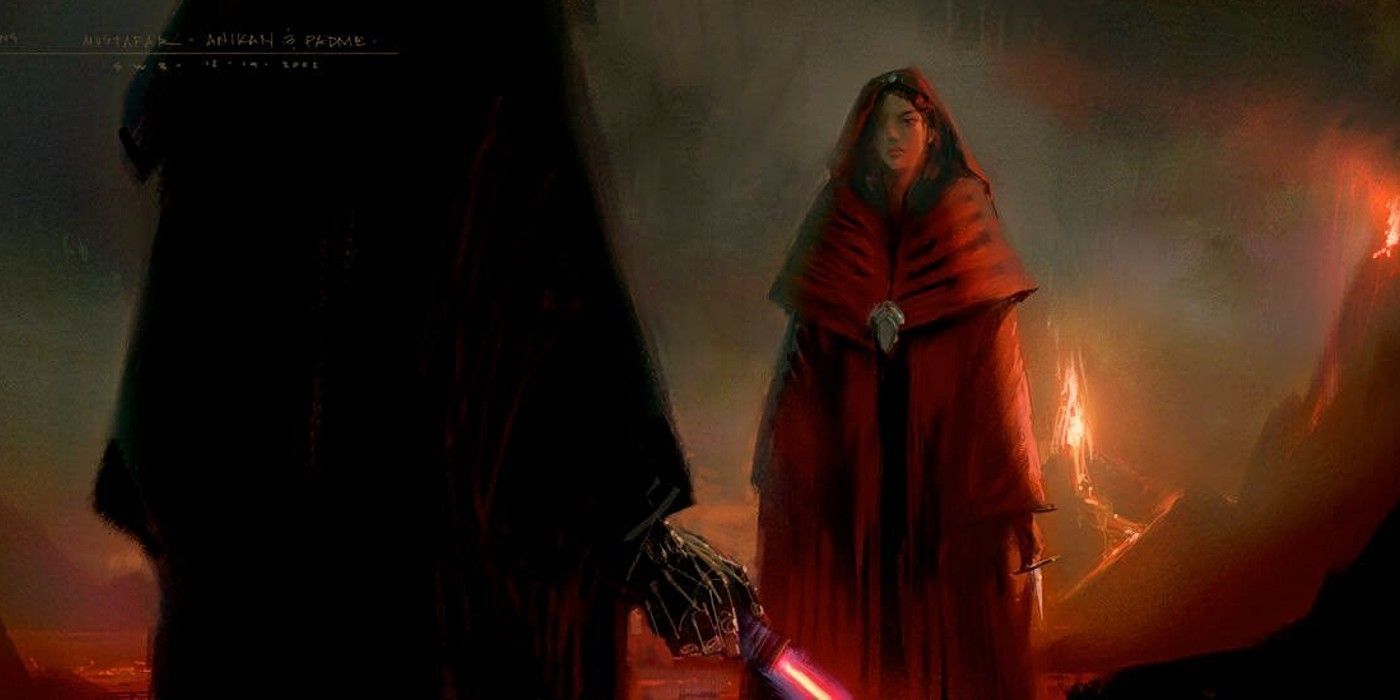Natalie Portman recently spoke about her proudest moment portraying Padmé Amidala, and it proves that Star Wars: Episode III – Revenge of the Sith still deserves more respect than it often gets, even 20 years after its release. Although there were myriad complaints about the prequel trilogy, Revenge of the Sith is generally the most highly regarded of the three.
Many even consider Revenge of the Sith to be one of Star Wars’ best movies. Yet, Revenge of the Sith continues to be criticized, particularly for its dialogue and the delivery of certain lines, and the scene that Natalie Portman is proudest of—which is also among the most criticized—suggests the movie deserves so much better.
Natalie Portman Is Proudest Of Her Mustafar Scenes In Star Wars
This Final Confrontation Between Anakin And Padmé Was Certainly An Emotional One
Speaking with Josh Horowitz, Natalie Portman shared that she is proudest of her scene on Mustafar in Revenge of the Sith, out of all her appearances as Padmé Amidala in Star Wars. When asked if there was a specific scene that stands out to her in terms of the acting, Portman said:
“In the third film, some of the big conflict scene with Anakin, that felt like a scene between actors.”
It makes sense that this scene would be the one to stand out to Portman, as this Mustafar scene was incredibly emotional. This is in fact the final time Anakin and Padmé ever see each other, but even beyond that significance, the actual exchange they are having is also quite heavy.
In that scene, Padmé effectively pleads with Anakin to see that he’s gone astray and return to both the light side and to her. Rather than see the error of his ways, Anakin doubles down on his newfound dedication to the dark side of the Force and his obsession with power, instead trying to get her to join him.
This also famously ends with the most brutal moment in Padmé and Anakin’s relationship, in which Anakin chokes Padmé, leaving her unconscious. Clearly, this is a profound moment in the Star Wars timeline, and Natalie Portman is right to highlight this scene as a triumph—so why is it still so criticized by audiences?
Natalie Portman is right to highlight this scene as a triumph—so why is it still so criticized by audiences?
The Performances In These Scenes Deserve So Much More Respect
The Lines Are Critiqued, But So Are The Performances
Although Portman was correct about the impact of the scene between Padmé and Anakin on Mustafar, the Mustafar scenes are among the most highly criticized in Revenge of the Sith overall, if not the single most criticized in the entire movie. The primary complaints with these scenes are the dialogue and (contrary to Portman’s perspective) the performances/delivery of the lines.
Lines like, “Love won’t save you, Padmé. Only my new powers can do that” and Anakin’s speech about bringing peace, freedom, justice, and security to ‘his’ new empire continue to be mocked to this day, as does the way these lines were delivered. Yet, Portman’s reflections on this scene showcase that the performances really do deserve so much more respect.
Portman’s reflections on this scene showcase that the performances really do deserve so much more respect.
While there’s something to be said for Anakin coming off as a bit dramatic in these scenes, that is absolutely the point. Anakin has just fallen to the dark side of the Force and carried out yet another genocide, and it’s clear that he’s entirely lost touch with reality. Hayden Christensen captured that state of mind perfectly in these lines.
It’s also important to note that criticizing the dialogue and criticizing the performances are very different things, and they should be treated as such. The dialogue is out of the actors’ control, for one, so that shouldn’t be a complaint lodged against the actors. What the actors do with the lines is arguably so much more important.
From that perspective, the scenes on Mustafar in Revenge of the Sith should be much more highly regarded than they generally are. These moments are among the most important in Star Wars movies and TV shows, and the actors all delivered performances that have had staying power and reflect the significance of what transpires on Mustafar.
There Are Still Things We Would Change About Revenge Of The Sith’s Mustafar Story
Natalie Portman Is Absolutely Correct—But There’s Still Another Version We Wanted To See
While I do sincerely believe Natalie Portman is right about the scenes on Mustafar, there are certain things about those scenes that I would have liked to see changed. Specifically, George Lucas initially considered having Padmé arrive on Mustafar and attempt to kill Anakin, with concept art even showing her wielding a blade.

Related
Star Wars Revenge Of The Sith: All Deleted & Alternate Scenes In Chronological Order
Star Wars: Episode III – Revenge of the Sith is one of Star Wars’ best movies, but these deleted scenes suggest it was almost very different.
As controversial as that would have been, it would also have been an incredible turn for Revenge of the Sith to take. For one, this would have addressed some of the biggest complaints about Padmé’s story in the movie, including the disappointing way that Padmé died. Many felt that she lost her agency in that movie, particularly towards the end.
Having Padmé arrive on Mustafar ready to attempt to kill Anakin because her morals and her convictions were ultimately greater than her love for Anakin certainly would have solidified that Padmé was still the same character she had been in Star Wars: Episode I – The Phantom Menace and Star Wars: Episode II – Attack of the Clones.
Ultimately, I would have wanted Padmé to realize that she couldn’t bring herself to do it, both because she does love Anakin and because she isn’t a killer in that way. Yet, seeing that level of determination and conflict in Padmé would have been fascinating, and it’s a bit of a shame that the concept was cut.
Even without that shocking twist, though, I completely agree with Natalie Portman and believe that the scenes between Anakin Skywalker, Padmé Amidala, and Obi-Wan Kenobi are not only some of the best in Star Wars: Episode III – Revenge of the Sith but also in Star Wars overall—and they certainly deserve more respect.




